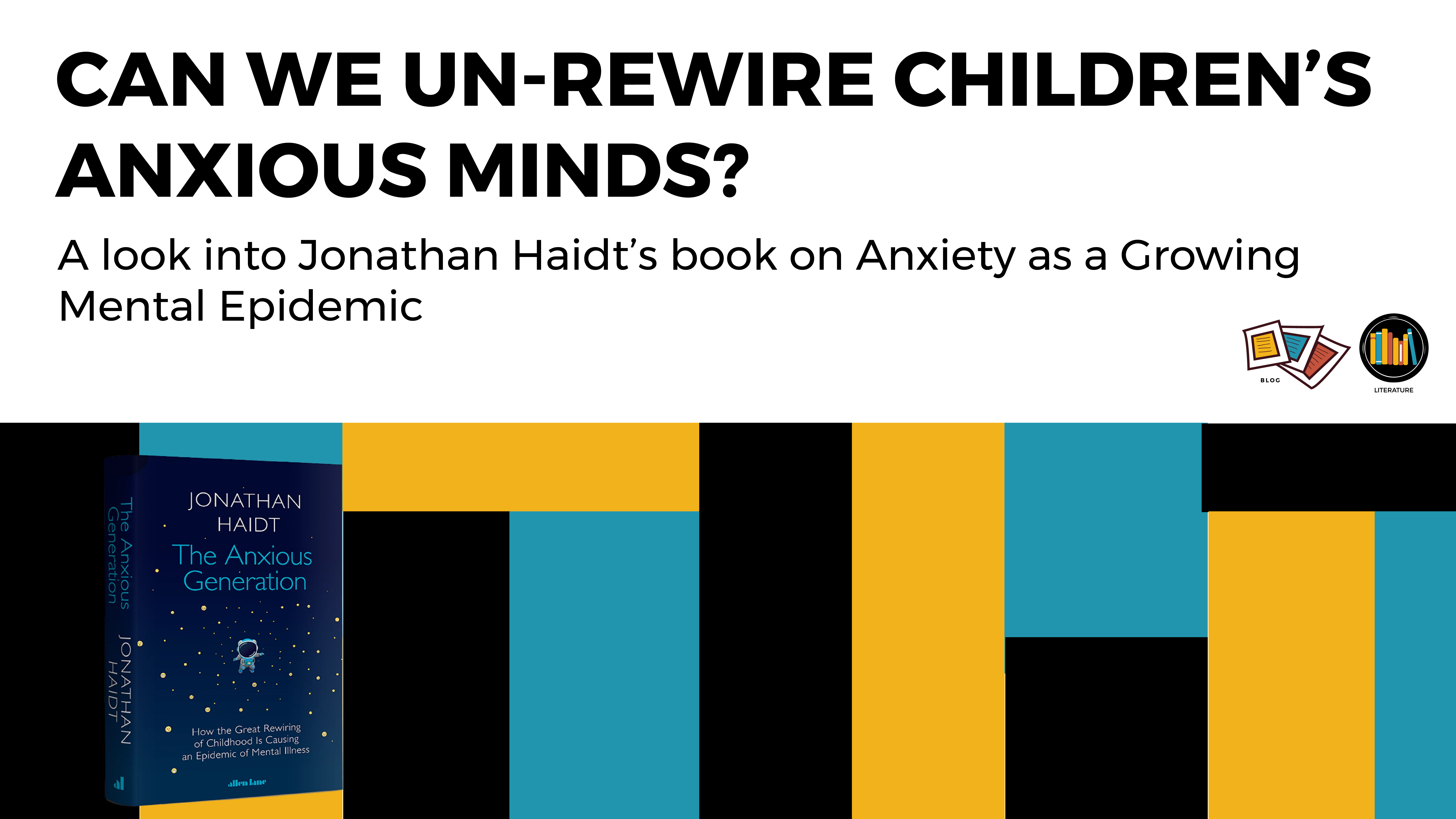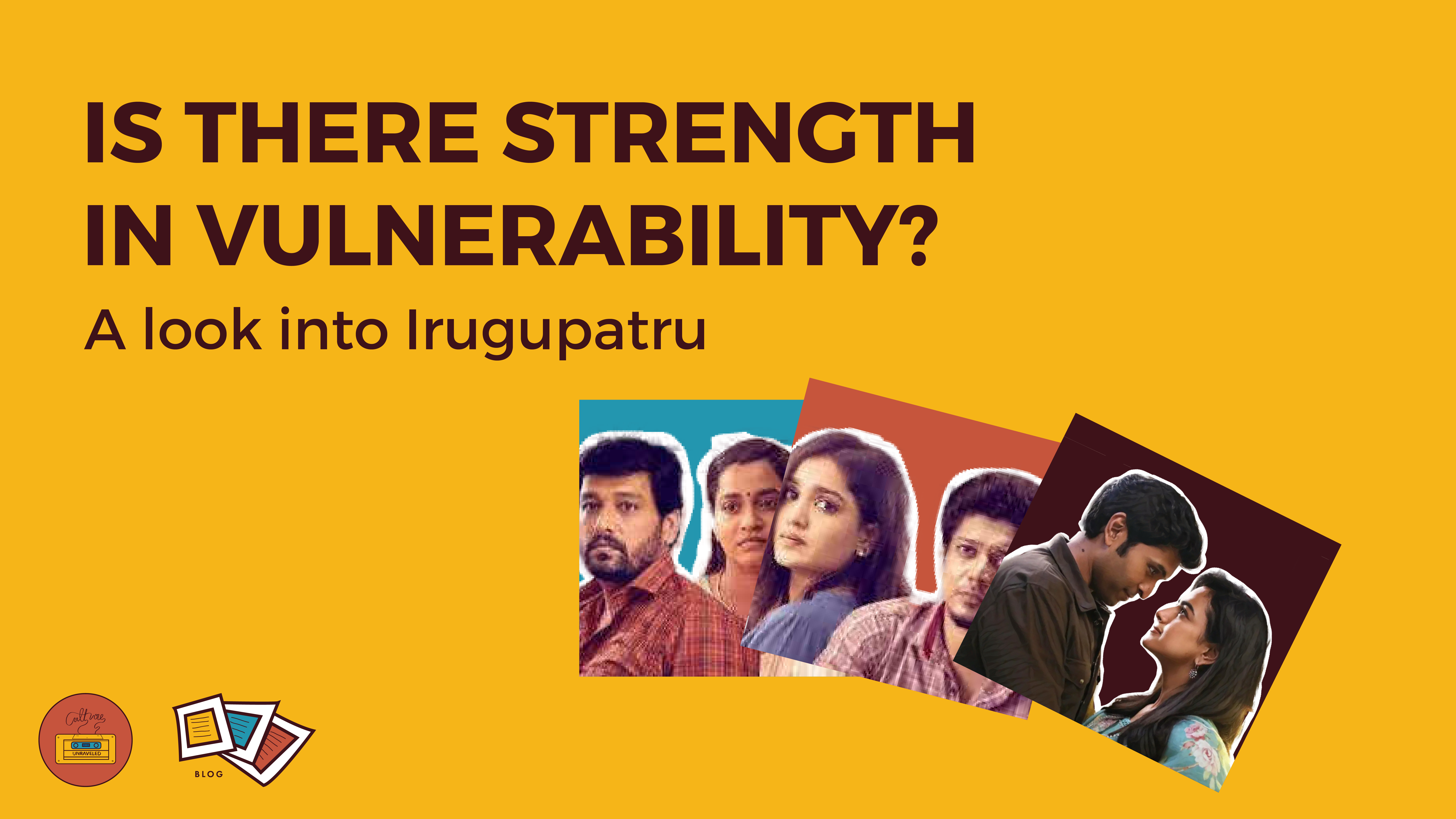
Jonathan Haidt, in his book ‘The Anxious Generation: How the Great Rewiring of Childhood is Causing an Epidemic of Mental Illness’, makes a case for why anxiety is exponentially increasing in the West. In this book, Haidt asks: Can we escape our anxiety by un-rewiring those parts of our brain that we’ve unwittingly given over to the influence of smart phone technology? Haidt’s response to this is a resounding yes.
First, he presents his case by arguing that the underlying reason for such an alarming turn of events has to do with this: that parents are overprotecting their children from the real world, and underprotecting them from virtual ones. He contends that when children spend all their waking hours, unrestrainedly engaging themselves in the virtual world, their bodies and brains rewire to let anxiety take its root within them.
Haidt explores how this rewiring takes place in children’s brains. First, using the concept of ‘discover’ vs ‘defend’ modes, he discusses how children’s brains operate by switching between these modes for survival and well-being. When their brains develop to fully operate in ‘discover’ mode, they respond to the world with curiosity, a hunger for opportunities and growth, and a strategic mindset. However, the ‘defend’ mindset leaves them in a state of constant fear, always making them scan for threats in their immediate environment. It keeps them seeing the world as a safe space that offers itself for their growth and flourishing.
Second, using the concept of anti-fragility, he explores how children grow stronger through failure and stress. Simply put, antifragility is the strength that kids develop, not by way of overcoming obstacles seamlessly, but by repeatedly failing, ‘being knocked over’, and even ‘being punched in the gut’, metaphorically speaking. They exhibit their anti-fragile nature by pulling themselves up by their bootstraps, every time they fall, be it physically, mentally or emotionally. And often, they orient themselves to operate in ‘discover mode’. Eventually, they become secure, mature, gritty and curious adults, allowing themselves to fall multiple times, only to get back up, stronger than before.
But children remain stuck in their ‘defend’ mode when they do not engage in what Haidt calls risky play. By engaging themselves fully in the virtual world and in a phone-based play, they deprive themselves of playing in the physical world and socializing with people, as embodied creatures. Instead they learn how to socialize and interact with the (virtual) world as disembodied minds, thereby never learning how to orient themselves to the physical world as bodily creatures. This leaves them completely unprepared to face life’s difficulties, especially with regards to resolving conflicts with people, developing resilience to inevitable adversities, and cultivating a curious and strategic mindset. They get stuck in their ‘defend’ mode, instead of learning to live in their ‘discover’ mode. Their brains are inadvertently rewired to operate with an anxious mind. In other words, they grow up to become emotionally immature adults with very little grit and a lot of anxiety.
So, how can children’s brains be un-rewired? Or is there an antidote to their anxiety-driven minds? Haidt points to two factors. First, when children engage in risky play, they become capable of mastering their fears and develop competencies that help them thrive in anxiety-inducing situations. Second, when parents learn to let their children take risks in the real world instead of overprotecting them from it, they allow their children to engage in real-life problem solving. This would keep their children from over-indulging in the virtual world, which does nothing more than deprive them of social, problem-solving and relational skills.
Haidt reminds us that anxiety is not an inevitable byproduct of modern childhood but the result of a cultural misstep. By shielding children from the very experiences that strengthen them, we immerse them in environments that weaken them. The path forward, then, is neither to eliminate technology nor to eliminate risk, but to restore balance: giving children the freedom to play, explore, and even fail in the real world, while setting wise boundaries in the virtual one. Only then can young minds shift from a posture of constant defense to one of discovery, resilience, and growth. Only then they would learn to live not as fragile, anxious adults but as confident, antifragile human beings prepared to face life with grit and curiosity.
_________________________________________
Written by Roselina Vundi












